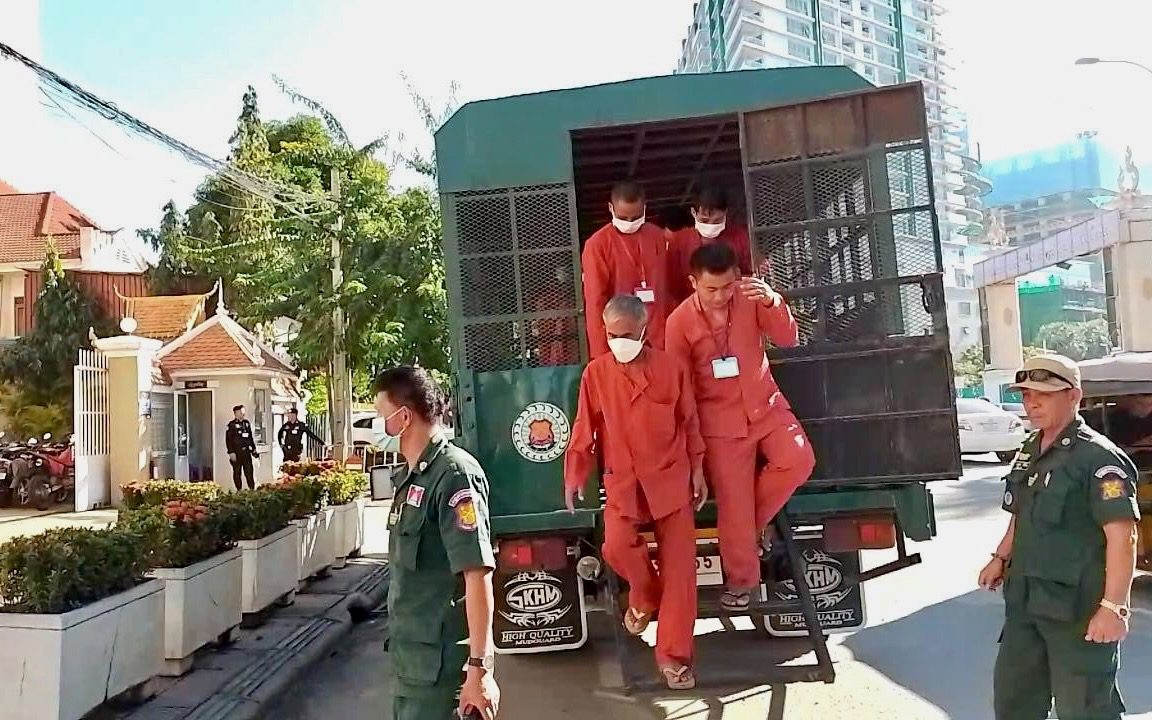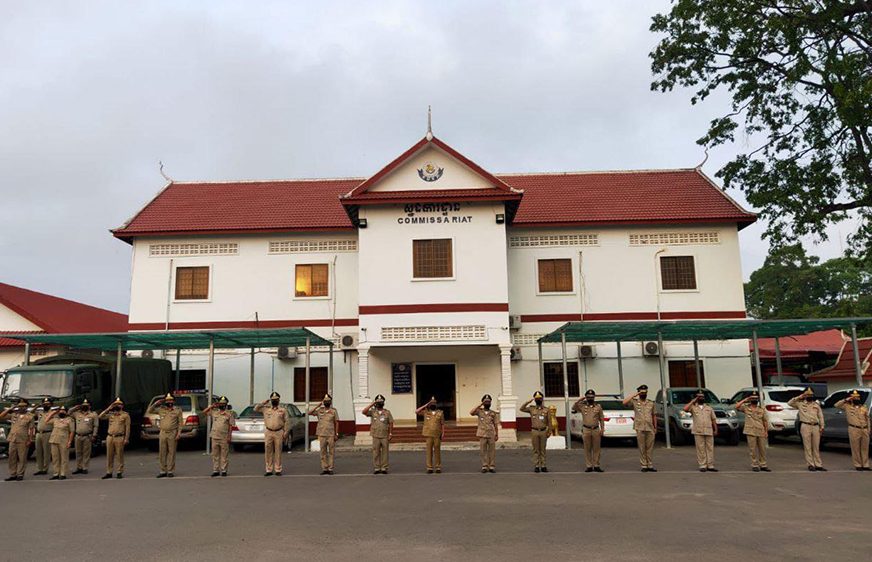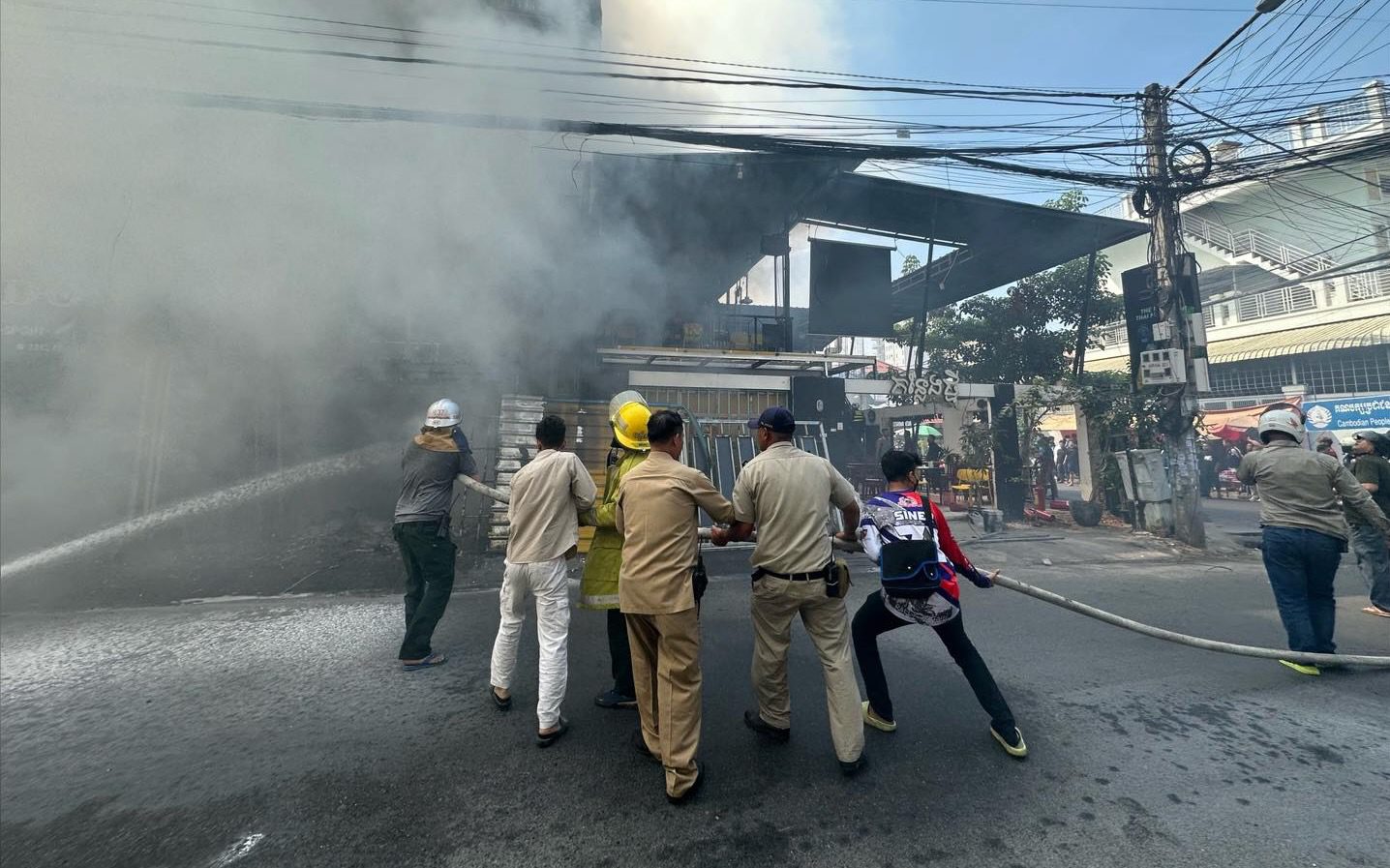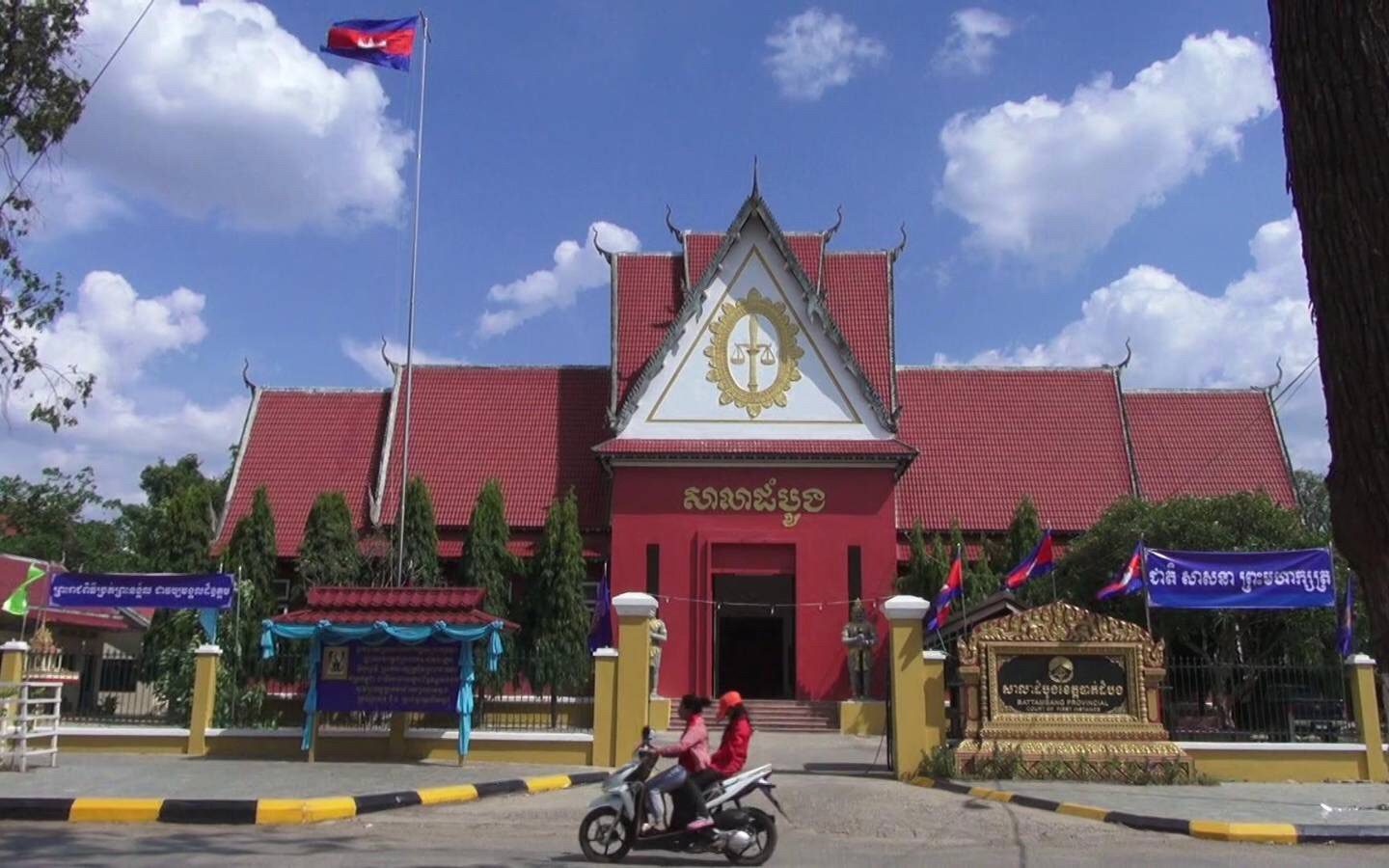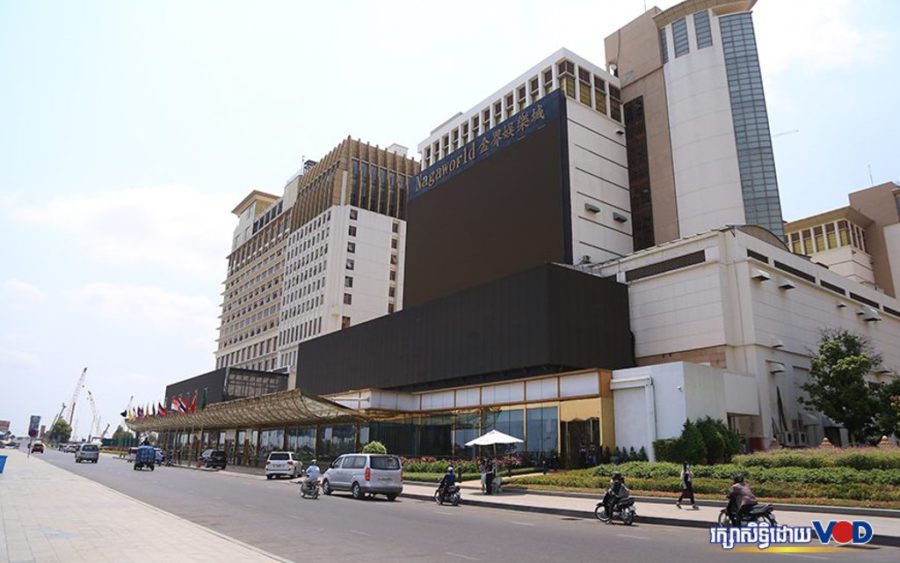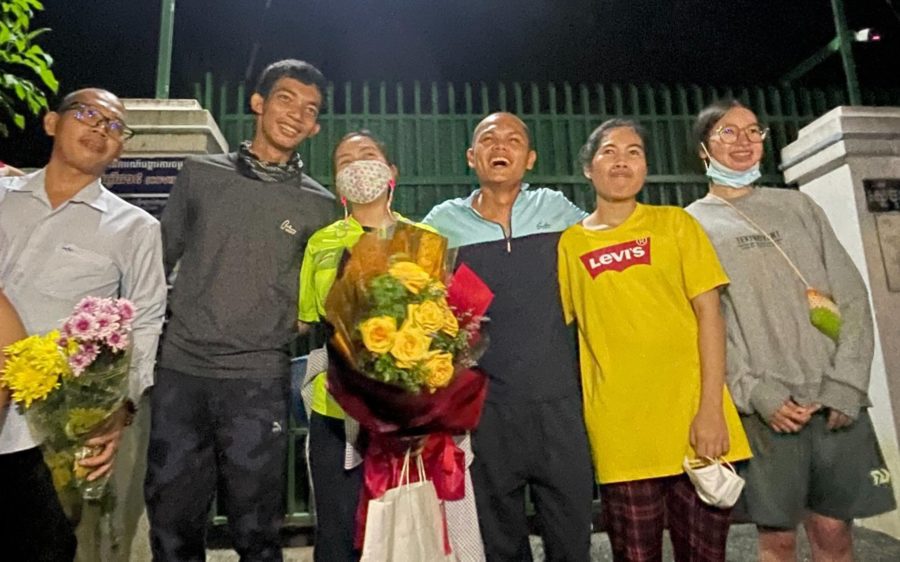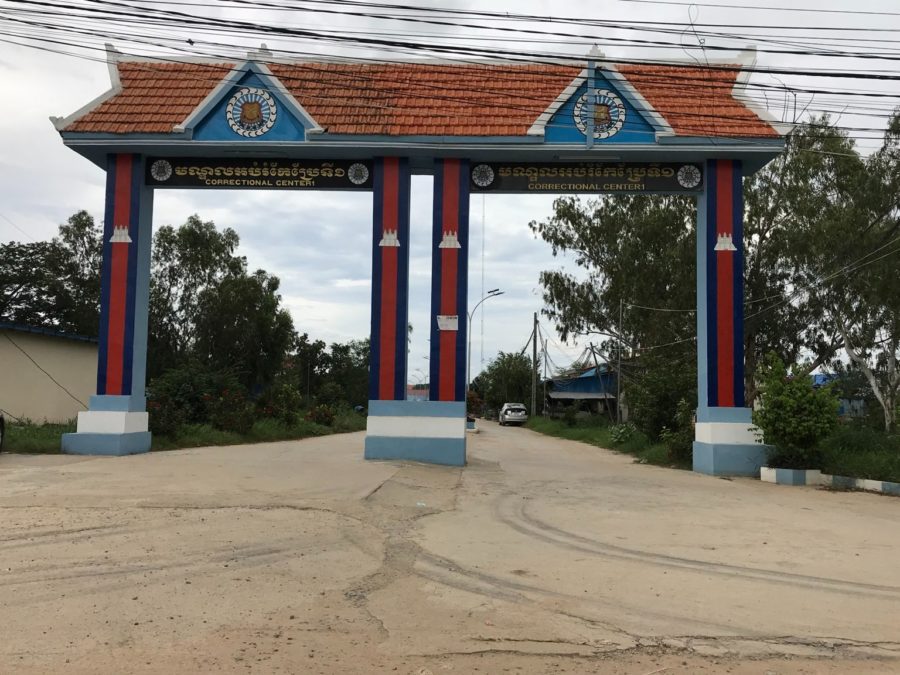The Phnom Penh Municipal Court on Friday sentenced a senior Kampong Chhnang police officer to three years and six months in prison for illegally clearing flooded forests around the Tonle Sap lake from 2017-2021.
Judge Im Vannak announced the verdict and sentence against Keo Narun, 59, chief of Kampong Chhnang’s intervention police unit tasked with security and public order, and fined him 5 million riel, or about $1,250, for crimes committed in the most highly protected Zone 3 of the Tonle Sap basin in Kampong Leng district’s Chranouk commune.
Narun was among a small handful of police officials arrested in a crackdown on Tonle Sap land encroachment last year. Prime Minister Hun Sen called for the crackdown in November based on Royal Academy president Sok Touch’s report of rampant forest clearing. Authorities claimed to have retaken tens of thousands of hectares of protected land, but Touch said they were vastly understating the forest loss, while a former provincial governor accused of grabbing 2,000 hectares escaped a corruption probe.
Narun, the Kampong Chhnang police officer, was arrested in December and charged with destruction and embezzlement, seizing flooded forest land, and not declaring assets and liabilities.
In early August, the Phnom Penh Municipal Court also sentenced Kampong Chhnang provincial deputy police chief Sum Socheat to four years in prison and a fine of 50 million riel, or about $12,500, for illegally clearing Tonle Sap flooded forests from 2011-2021.
Conservationists and other groups have long raised concerns about the loss of protected Tonle Sap flooded forests.
In 2020, the Wildlife Conservation Society said the lake basin was “losing massive amounts of habitat threatening its very existence.”
“[O]ver the past two decades, nearly one third of the Tonle Sap Biosphere Reserve’s natural habitats have vanished,” the group said, cautioning that “a dangerous feedback loop” could lead to a death spiral.
The floodplains were a vital habitat for globally threatened species such as the greater adjutant, a member of the stork family; the Bengal florican; and the hairy-nosed otter, it said.
Satellite imagery has shown major tree loss in the flooded forests beginning around 2019, but deforestation has been ongoing for years, leaving little substantial tree coverage in many areas.
Earlier this year, the government opened up 6,000 hectares of the protected area for farming, saying residents who had lived there for more than a decade should be catered for.


